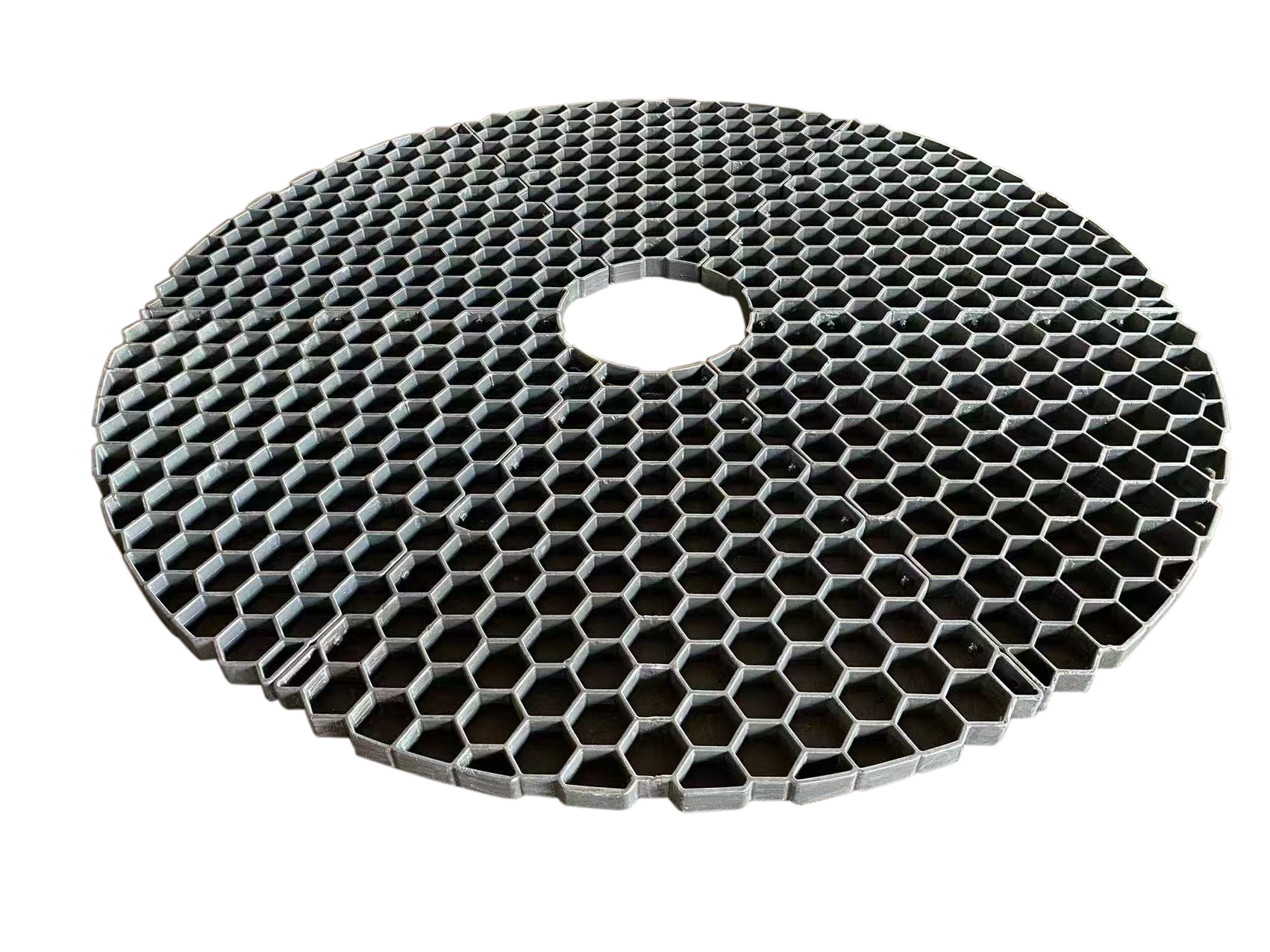heat resistance of steel
The heat resistance of steel represents a crucial property that enables this versatile material to maintain its structural integrity and mechanical properties under elevated temperatures. This characteristic is achieved through specific alloying elements and manufacturing processes that enhance the steel's ability to withstand thermal stress without significant deformation or degradation. Steel's heat resistance is primarily determined by its composition, including elements like chromium, nickel, and molybdenum, which form stable compounds that prevent oxidation and maintain strength at high temperatures. This property allows steel to perform reliably in environments where temperatures can reach several hundred degrees Celsius. The technological features of heat-resistant steel include improved creep resistance, enhanced oxidation resistance, and maintained mechanical strength at elevated temperatures. These properties make it indispensable in various industrial applications, from power generation facilities to automotive components. The material's ability to resist scaling and maintain dimensional stability under thermal cycling conditions ensures long-term reliability in critical applications. Whether used in furnace components, exhaust systems, or industrial processing equipment, heat-resistant steel continues to be a cornerstone material in modern engineering and manufacturing.
